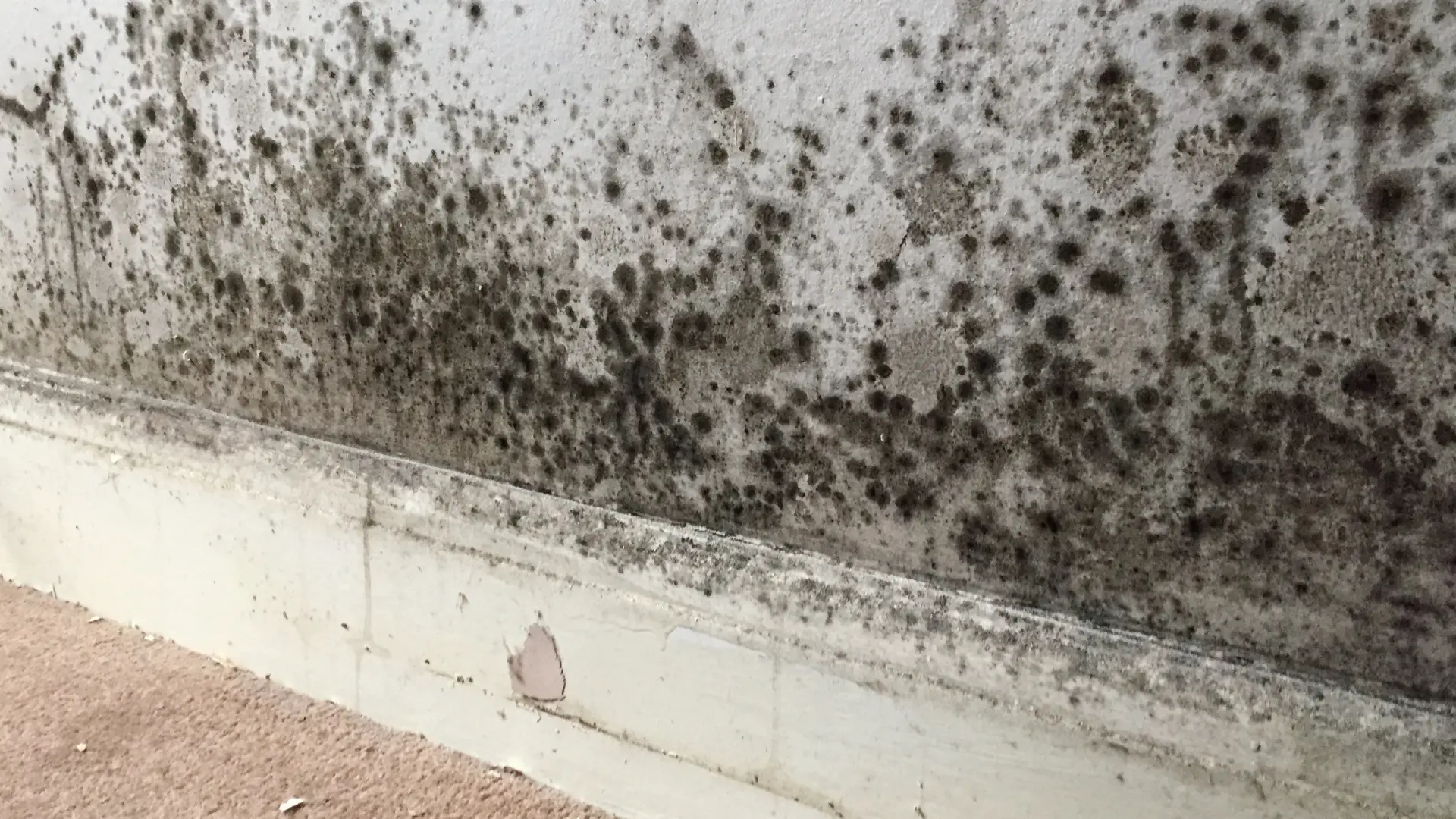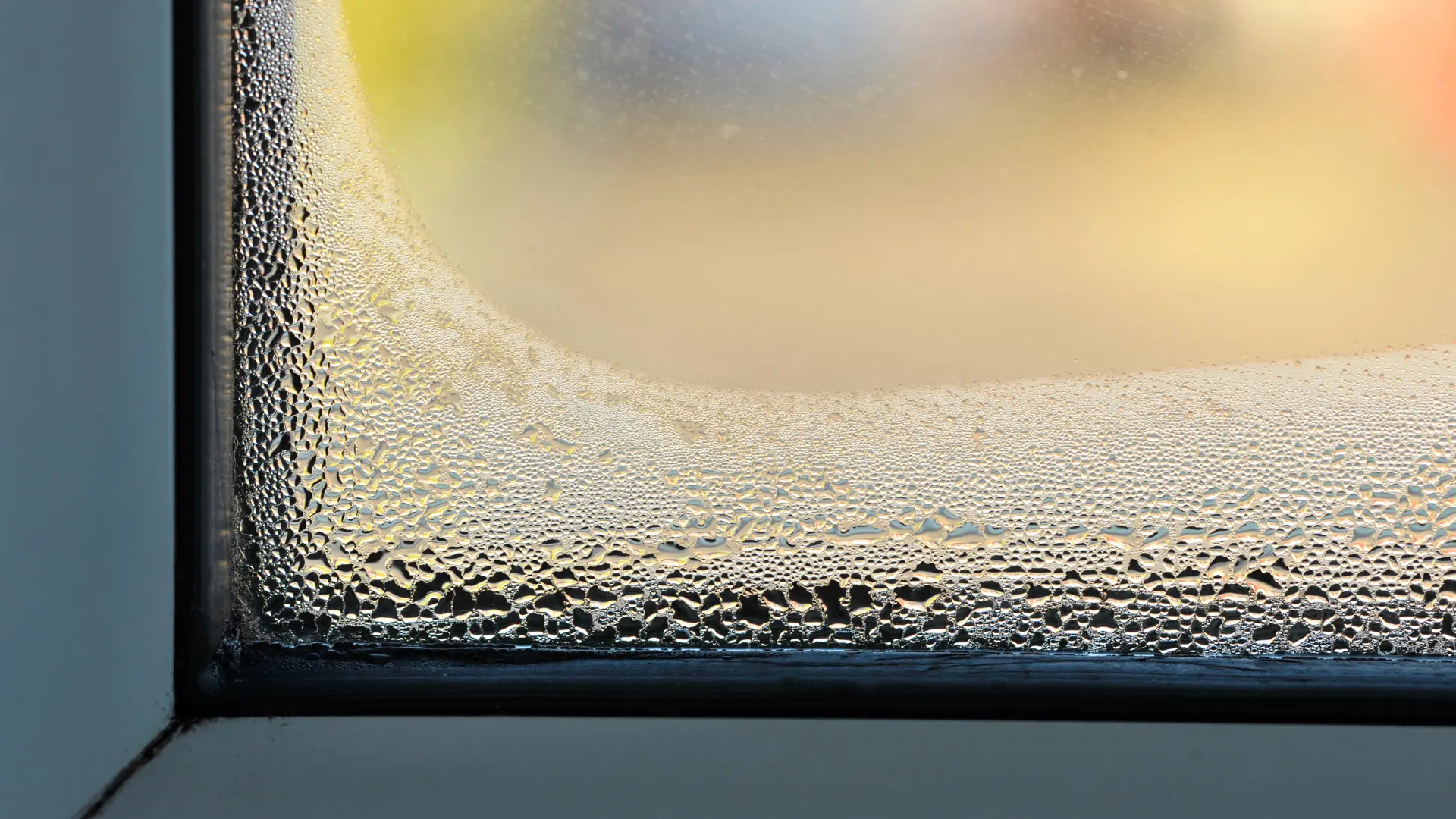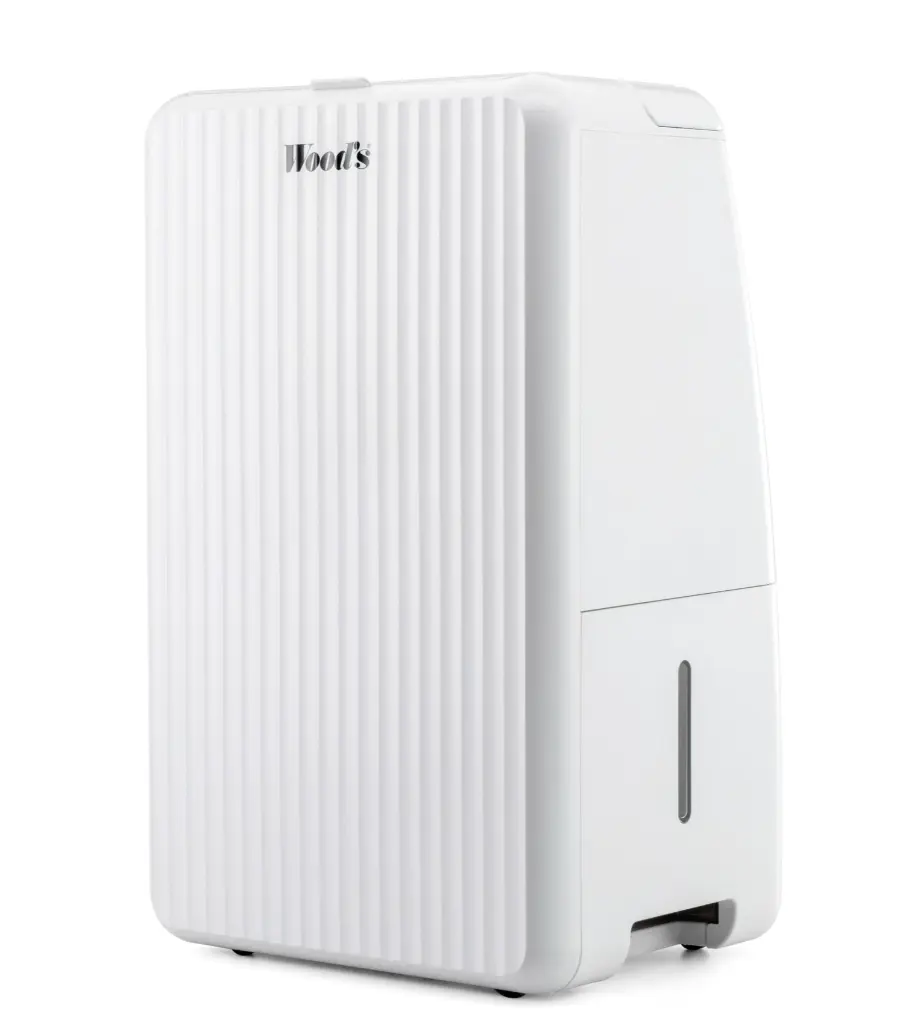It is clear that mould on walls or mould on windows is not desirable in a house. Mould is harmful to health, not only for those with allergies. It most commonly causes breathing problems, asthma, allergies, skin issues, as well as headaches and sleep problems. The fact is that the main cause of mould growth is excessive moisture in the apartment. Typically, this is a problem for older houses, but it can also occur in apartments in panel houses or new buildings (the so-called sick building syndrome).

Whether you already have mould on the walls (often in the corners of the room and around windows) or you are concerned about mould and want to take preventive measures, the key is to ventilate the room. The ideal humidity in the apartment is 40-60%, when it is higher, it becomes a problem. You can use a home hygrometer to measure the air humidity. High air humidity is often indicated by condensation on windows, and you may feel it in the air.
Also read: Best bathroom extractor fans
In general, it is also true that moisture and mould thrive in colder apartments. So if you are trying to save heating costs these days and not heating some rooms at all, high humidity and subsequent mould growth can be a consequence.
Tips for Reducing Humidity and Ventilating Your Flat

To reduce the humidity in your apartment and thus limit mould on the walls, you need to ventilate properly. In the summer, it’s best to leave the ventilation open (at least with a micro-ventilation), and in the winter, ventilate several times a day, briefly and intensively, for example, by opening the windows in the room wide open for 5 minutes.
Other preventive measures include drying clothes in a dryer or outside, using an extractor fan when cooking (ideally a few minutes before you start cooking), and using a fan in the bathroom when showering or bathing (if there is a window, be sure to properly ventilate the bathroom afterwards).
How to get rid of mould on walls without chemicals
The basis for prevention is proper ventilation and humidity reduction. However, if you already have mould on the walls, it’s appropriate to treat the affected area with an anti-mould spray (then ventilate thoroughly again). This typically reliably removes small patches of mould in room corners. If you want to avoid stronger chemicals, you can use the following remedies, some of which our grandmothers used against mould – bleach, vinegar, ammonia, baking soda, hydrogen peroxide, or borax solution.
However, the key is to solve the cause of mould growth.
Read also: A Step-by-Step Guide on How to Clean Bathroom Extractor Fan in Minutes
When to get a dehumidifier
If you follow the tips above regarding ventilation, drying laundry, using an extractor fan, and bathroom fan, and yet the humidity in your flat remains high, it’s time to get a household dehumidifier. You can choose between condensing or desiccant dehumidifiers.

Condensing dehumidifiers are the most common choice, where air passes through the device, and the water from the air is condensed and collected in a tank (which can hold several litres of water during the day). Dehumidifiers can also be equipped with filters against mould and dust, thus purifying the air. They are mobile devices, so you can move them around the flat according to your needs.
When choosing a dehumidifier, you need to consider the size of the rooms you will be dehumidifying, air humidity, indoor temperature, and noise level. Modern dehumidifiers have a timer and offer several usage modes, for example, they can run continuously until the set air humidity is reached or even intelligently select the optimal air humidity depending on the current temperature in the room.
Summary
This blog post highlights the health risks of mould in homes, including breathing problems, allergies, and sleep issues. The main cause of mould growth is excessive moisture, which can be found in older houses and even new buildings. To prevent mould, it is crucial to maintain proper ventilation and humidity levels (40-60%) in your home. Tips for reducing humidity include proper ventilation, drying clothes outdoors or in a dryer, using extractor fans while cooking, and using a bathroom fan when showering. If mould is already present, it can be treated with anti-mould spray or natural remedies like bleach or vinegar. If humidity remains high despite following these tips, consider investing in a dehumidifier, which can help maintain ideal humidity levels and even filter out mould and dust particles.
Leave a Reply